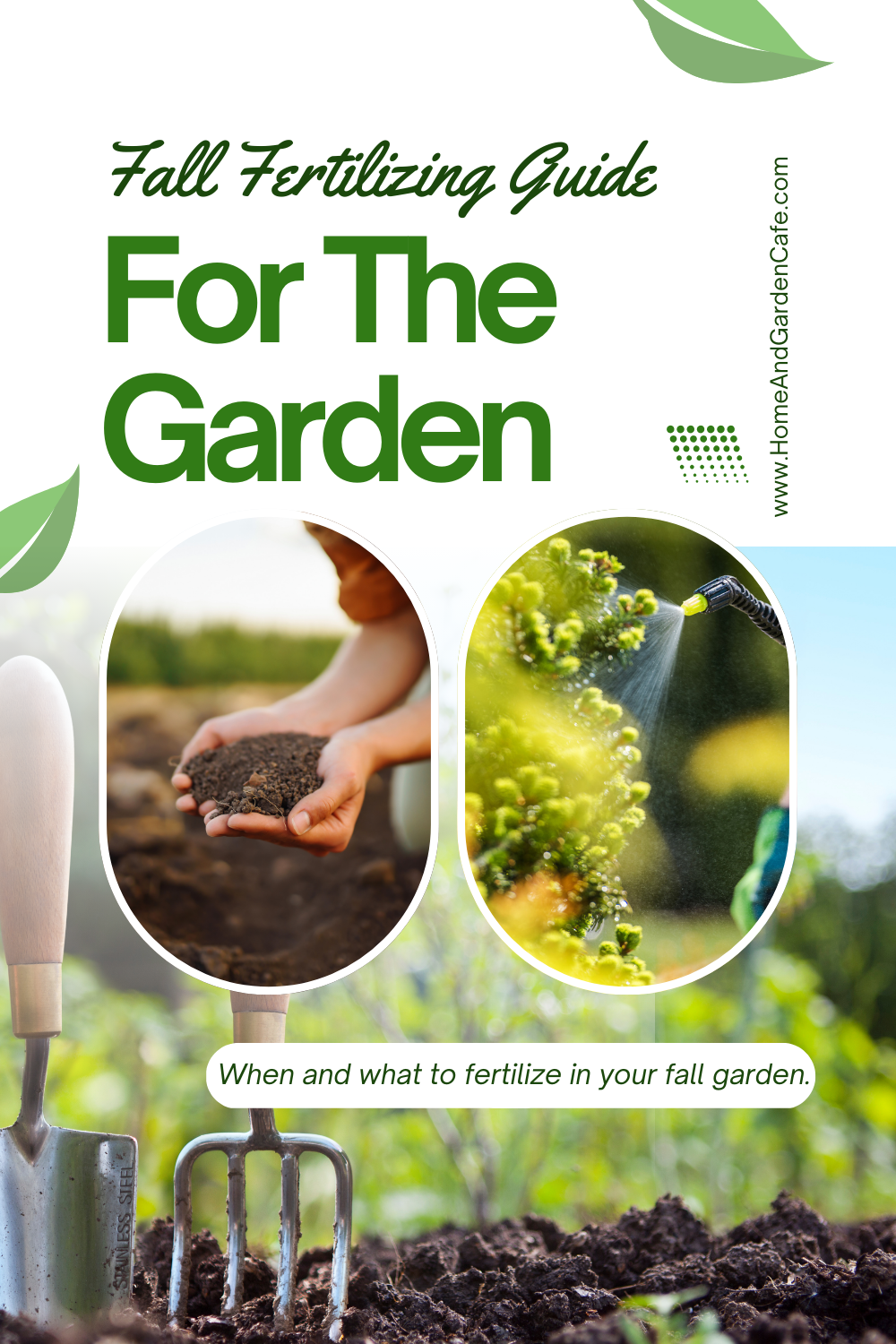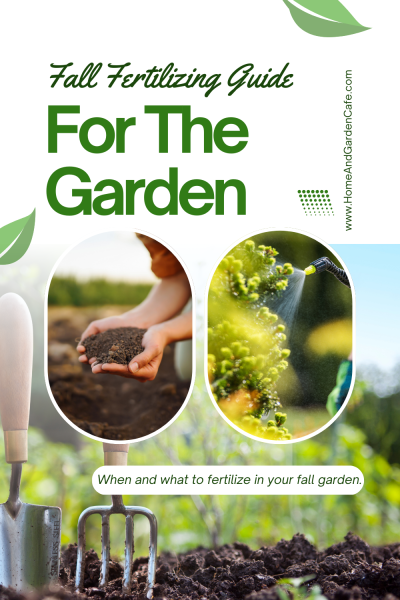My friend Sargam is back with more great garden tips in this fall fertilizing guide for the garden! She shares how fertilizing your garden in the fall can lead to beautiful flowers and vegetables next summer!
A fall fertilizing guide to help your garden thrive
In their natural environment, trees and shrubs benefit from woodland soil rich in organic material nutrients. However, when planted in the yard, they could use some help to thrive. While most gardeners focus on fertilizing during the spring/ summer, fall fertilizing is equally essential, if not more. As we head into the winter months, plants can benefit from the boost fertilizing offers.
Benefits of fall fertilizing
Trees, bushes, shrubs, and bulbs all benefit from extra nutrients. The nutrients are utilized to establish root systems, increase immunity against diseases, pests, and infections, and boost the plant’s ability to withstand winter weather.
Fun Fact: Morning due helps moisten soil allowing roots to slowly absorb nutrients from fertilizers throughout the season.
Signs your plant needs fertilizing.
Here are some of the tell-tale signs your plant needs to be fertilized – Un-naturally pale leaves, slow or lanky growth, persistent pest infestation, lack of produce/ vitality.
Fertilizing 101
Perform a soil test to identify the nutrients you need to add to the soil.
If possible, look for manure, compost, hummus, and other local organic matter to condition the soil.
Alternatively, you can purchase slow-release organic fertilizers that can be watered or worked into the soil.
Mark an approximate circle the size of the rootball around the trunk of the plant. Sprinkle in the granular fertilizer. Work it into the soil. Water the plant, but do not water excessively as this may cause runoff.
Grow Tip: Choose a dry day to fertilize plants. Rain can cause the fertilizer to run off before the nutrients get a chance to integrate into the soil.
Make sure to follow the instructions on the box and customize your fertilizing routine to fit each plant’s size, age, stage of growth, and position.
Grow Tip: When in doubt, use lesser rather than more. Excessive fertilizer can shock or burn the plant.
Fall Fertilizing Chart
Different plants require different types of fertilizers to thrive. Here is a brief break-up to help you make a checklist for your garden.
Bulbs:
When planting, use bulb tone; this not only helps create a robust root system but also deters squirrels and other critters from munching on your bulbs.
Deciduous Plants:
The best time to fertilize these trees and plants is once they have entirely shed their leaves. You must apply this fertilizer before the ground is frozen.
Grow Tip: Fall fertilizing is especially important for newly planted trees.
Evergreens:
These winter beauties can benefit from mild late fall fertilizing. Avoid fertilizing in early fall to deter the plant from pushing growth that can get damaged by frost.
Perrenials:
If you skipped on late summer fertilizing, you could fertilize perennials in the fall with half-strength fertilizer in early fall.
This will be the last bit of fertilizing until spring, so don’t skip on it. Your plants are sure to thank you for the extra effort.
By Sargam Merchant
For Home and Travel Cafe
We hope this fall fertilizing guide helps you have a spectacular garden next summer!



